Building a space in harmony with nature, which promotes well-being and brings value, is essential for any company that wants to improve the performance
15. 8. 2019
Building a space in
harmony with nature, which promotes well-being and brings value, is essential for any company that wants to improve the performance, inspiration and productivity of its workers. In fact, the Human Spaces research report on the Global Impact of Biophilic Design in the Interface Workplace states that productivity and creativity levels increase by 6% and 13%, respectively, in environments that incorporate natural elements.
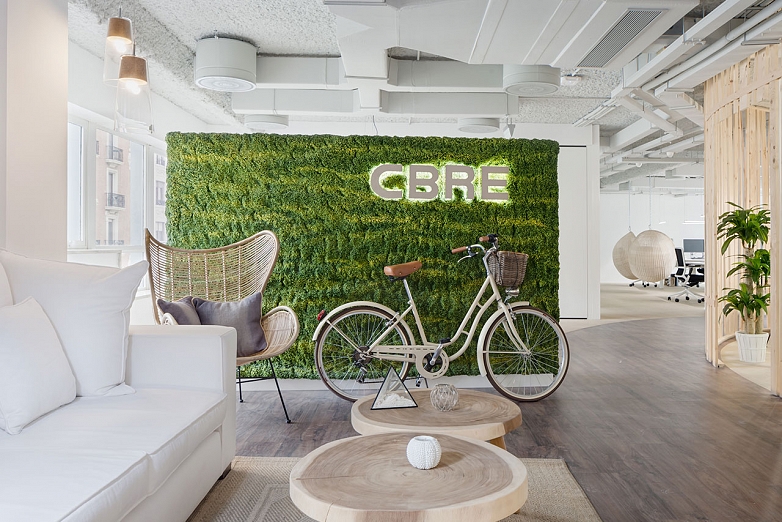
Through elements that refer to the natural world, and connections with vegetation, water and wildlife, biophilia brings
unique experiences and differential value to new workspaces.
In addition to reducing stress, improving cognitive function and mood, it has been shown that it can increase workers' well-being by up to 15%.
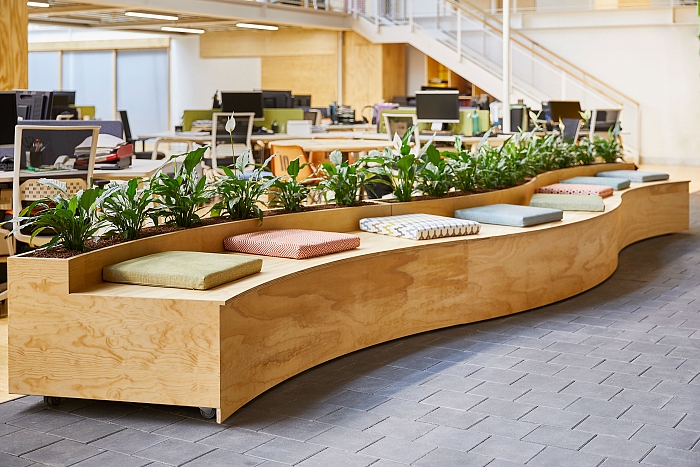
Established by Edward O. Wilson in1984, biophilic design describes the relationship between humans and nature. In an increasingly developed world, where contact with the natural environment is increasingly complicated (United Nations forecasts that, in 2030, 60% of the world's population will live in urban environments), new workspaces are using primary concepts, such as emotion, visual stimulation and comfort, to work closely with nature in order to develop the well-being of workers.
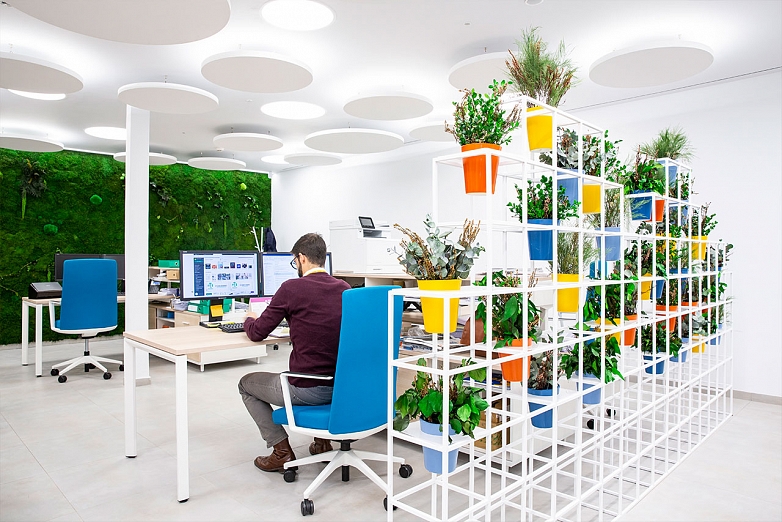
Biophilic design turns workspaces into much more attractive places through elements such as fresh air, natural light, water, acoustic comfort or smell. As well as through visual and physical connections with the natural environment, which include plants, vertical gardens, patios and landscaped terraces, orchards, fountains or natural and recycled materials.
Although the architecture sometimes makes it impossible to offer natural lighting or views, biophilia offers
alternative ways to mimic nature inside.
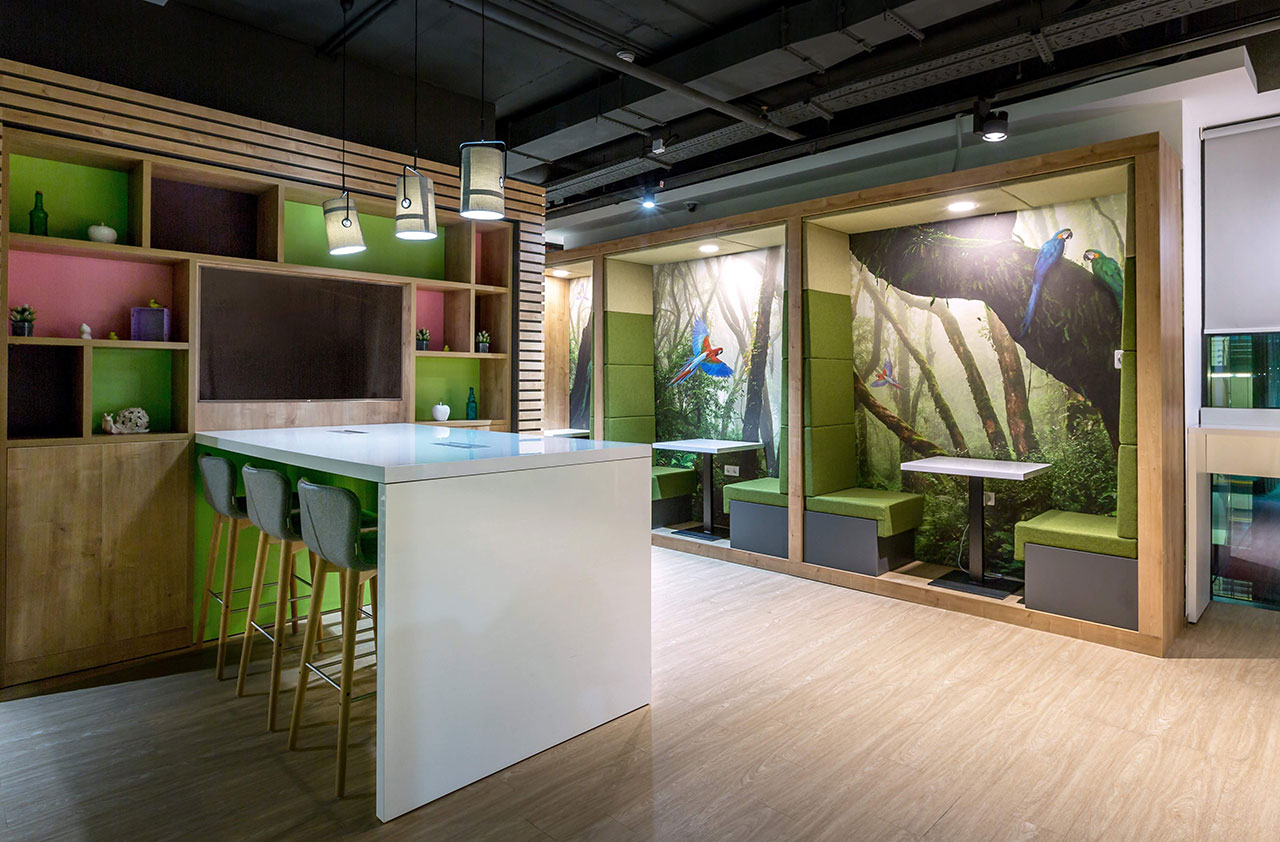
Shapes, textures and colours inspired by natural environments, are combined with plants that not only decorate, but also humanize, illuminate, brighten, oxygenate, circulate and regulate.
With a positive impact tested worldwide, biophilic design is also conditioned by the
cultural factors of each area or region. Thus, whereas in Spain the introduction of vegetation is directly related to creativity, water increases the productivity of workers in Brazil and, in India, colour is a priority. Therefore, it is essential to pay special attention and consider the cultural differences that determine the aesthetics and design of each workplace.
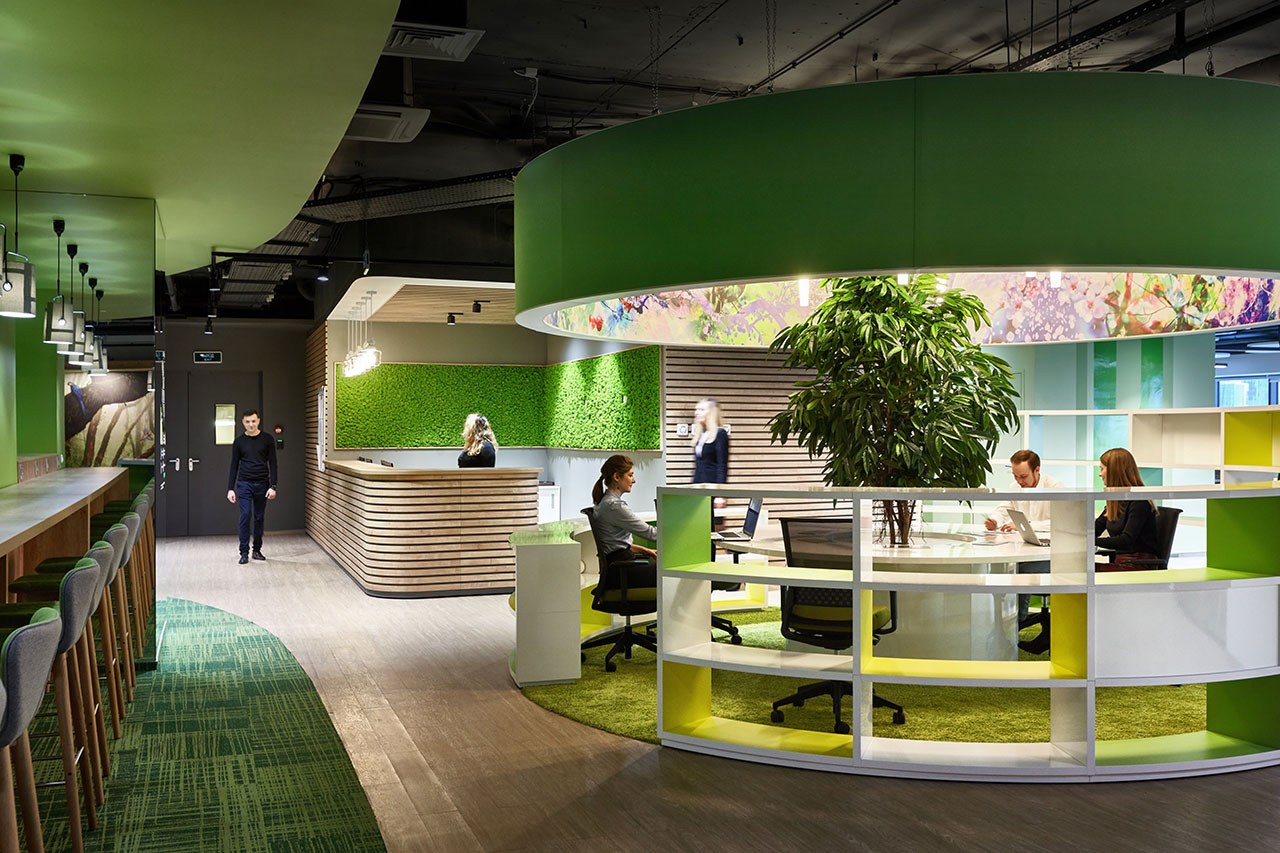
If the LEED certification is committed to sustainability, through the greater energy efficiency of buildings, characteristics such as air and light quality, thermal and acoustic comfort, biophilia or materials are evaluated by WELL. A valuable instrument that focusses on people's well-being and guarantees healthy and considerate workspaces with the environment.
Because, if between 60 to 70% of our health is determined by the environment and we spend around 90% of the time in enclosed places where the level of contamination is several times higher than outside, it is essential to create workspaces where we feel good.



 Through elements that refer to the natural world, and connections with vegetation, water and wildlife, biophilia brings unique experiences and differential value to new workspaces.
In addition to reducing stress, improving cognitive function and mood, it has been shown that it can increase workers' well-being by up to 15%.
Through elements that refer to the natural world, and connections with vegetation, water and wildlife, biophilia brings unique experiences and differential value to new workspaces.
In addition to reducing stress, improving cognitive function and mood, it has been shown that it can increase workers' well-being by up to 15%.



